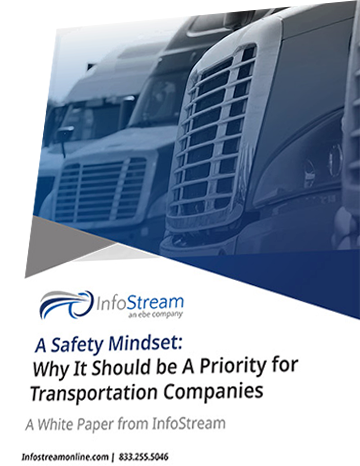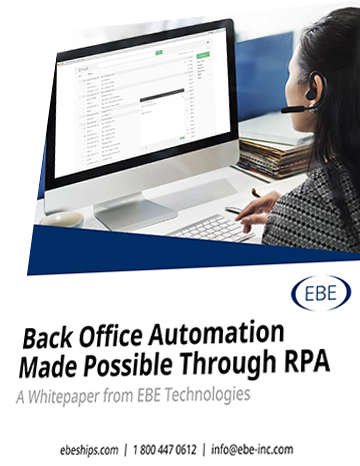

Technological, economic, and health situations are changing the way work gets done in transportation organizations. Years ago, the normal workflow was having information conveyed by telephone or letters, and documents, such as invoices and bills of lading, sent by fax, postal mail or delivered in person.
Companies have made some gains in efficiencies and cost with the use of email. However, work processes are often still labor intensive. Staff continue to print emails messages, invoices and other documents and put them in a hard copy file, contributing to rising expenses of labor, paper and ink – and the potential for indexing errors.
Today, the priority of contact-free documents and staff working remotely have increased the need for another solution. An application, called email importer, is an ideal option to companies looking for an alternative to physically handling any pieces of paper.
Using criteria you set, the email importer will trigger a workflow action depending on what’s in the body and/or title of the email.
For example, let’s say you set criteria for emails containing accident photos to be sent directly to the safety director. When messages come into your company’s email system matching that criteria, they’re electronically sent to that person. The results are high-quality digital copies of images, messages, or documents that can be easily retrieved and organized.
The email importer is the right solution to increase productivity while maintaining operations in a tight economic market as well as keeping employees safe in a contact-free work environment.
Rocco Marrari is Vice President of Workflow and Imaging Solutions at EBE Technologies.









